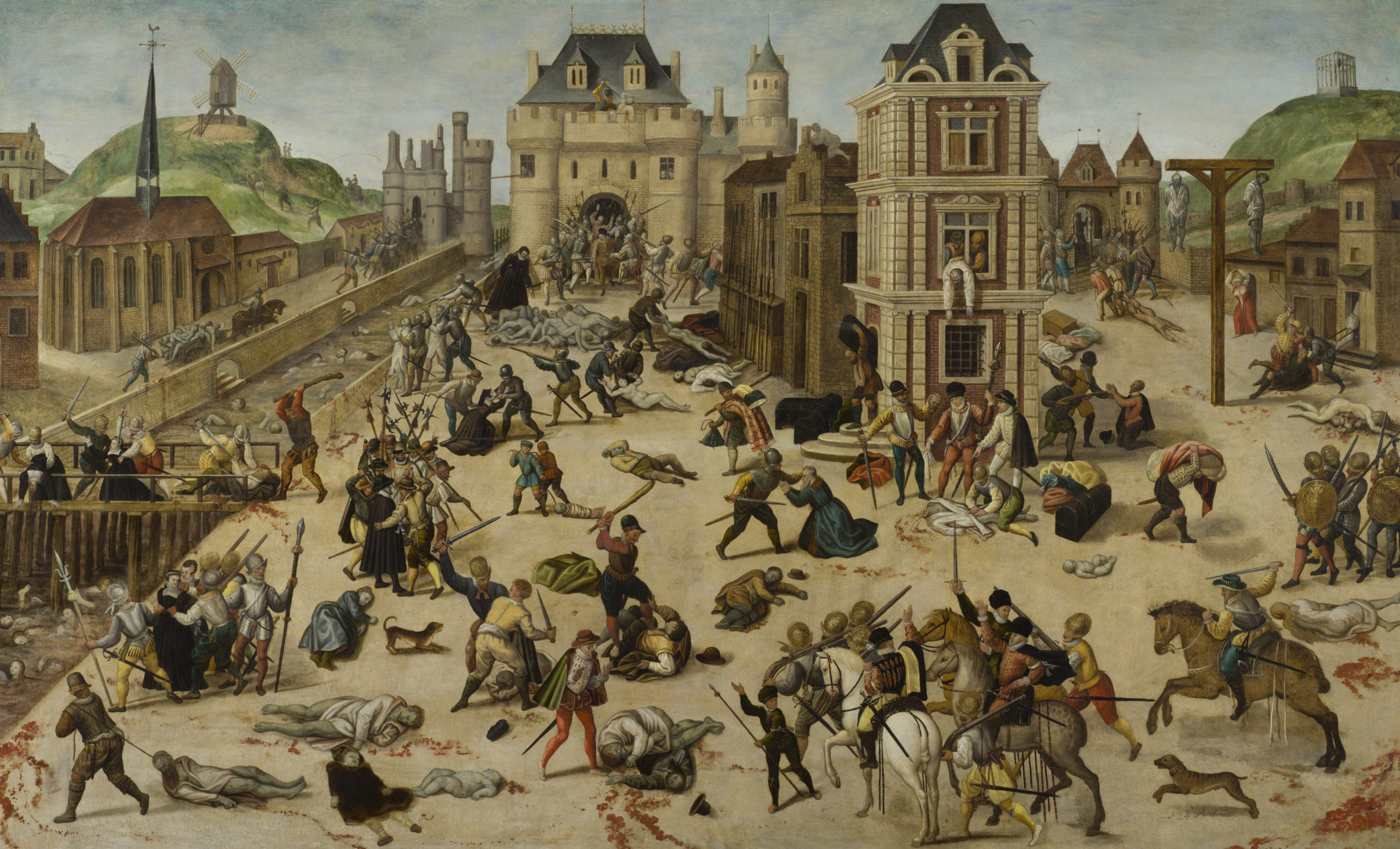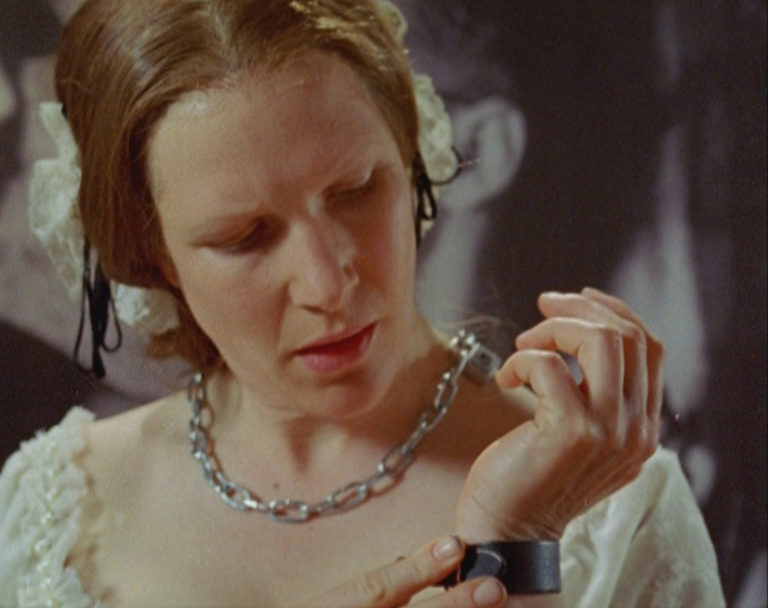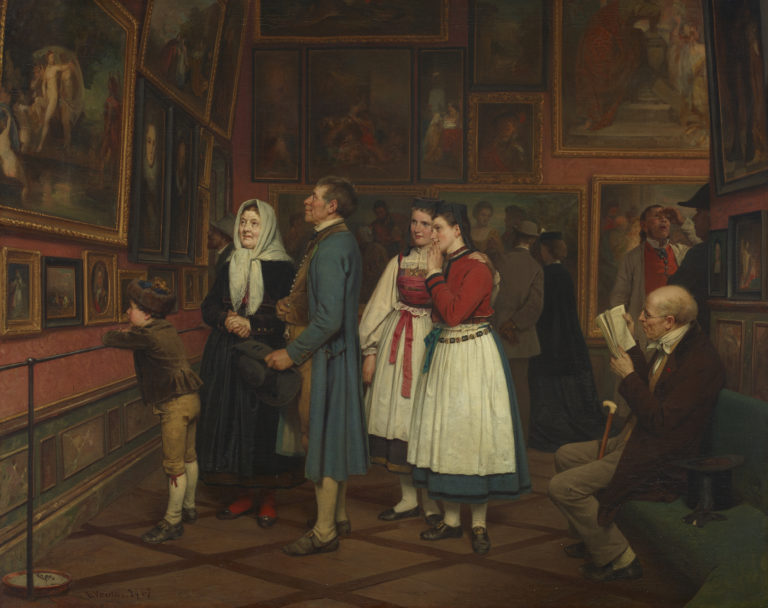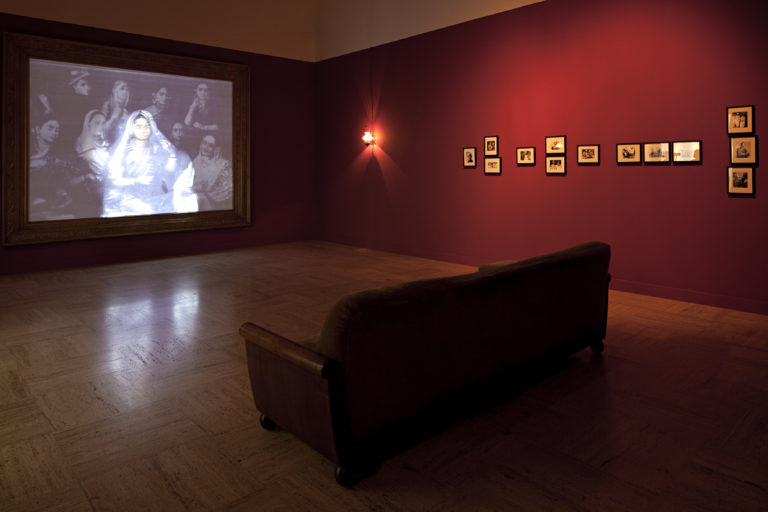Bibliography
Frédéric Elsig (ed.), De la Renaissance au Romantisme. Peintures françaises et anglaises du Musée des Beaux-Arts de Lausanne, Les Cahiers du Musée des Beaux-Arts de Lausanne 18, 2013: 2.
Dominique Radrizzani, ‘Les protestants et les coiffeurs. De Simon Goulart à Christian Boltanski,’ in Ralf Beil (ed.), Le monde selon François Dubois, peintre de la Saint-Barthélemy, Les Cahiers du Musée des Beaux-Arts de Lausanne 13, 2004: 20-29, n. 42.




This painting represents the massacre of the Protestants that was triggered on 24 August 1572 in Paris and continued for several days: The Saint Bartholomew’s Day Massacre. In a striking view of Paris, it sums up the main events in this bloody episode during France’s Wars of Religion.
The topography has been manipulated in order to show the main locations of the tragedy. On the left, we recognise the church of the Grands-Augustins convent (no longer extant), where the knell that set off the killing was sounded, as well as the Seine and the Pont des Meuniers; centre back, the Louvre and, standing in front of it, Catherine de Médicis, the widow in black, seen as the main instigator of the massacre. To the right and in front of the Louvre is the townhouse of Anne de Laval, where Admiral de Coligny, leader of the Protestants, was killed: we see him being defenestrated, decapitated and castrated. Gathering around his corpse are the leaders of the Catholic party, the dukes of Guise and Aumale and the Chevalier d’Angoulême. On the right, in the background, is the Porte Saint-Honoré and, on the La Villette hill, the Montfaucon gibbet, where the admiral’s body was hung by the feet. Featuring over 150 figures, this work is a veritable catalogue of civil-war cruelty, with a pregnant woman disembowelled, children dragging an infant by a rope, a man skewered on a roaster’s spit, corpses stripped and piled up, and houses being pillaged.
This painting is exceptional, not only for the quality of its execution, but also because contemporary representations of the Saint Bartholomew’s Day Massacre are extremely rare. Inscribed on the first step of the perron outside the townhouse where the Admiral de Coligny was murdered are the words: ‘franciscus Sylvius Ambianus pinx[it]’. This was the signature that the painter François Dubois placed on his sole surviving work, and its positioning here speaks volumes about the convictions of this Protestant from Amiens who took refuge in Geneva after the massacre.